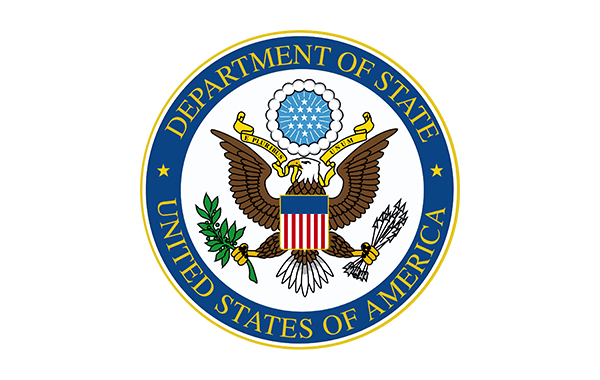
As a result of our research, we determined that they needed to overhaul their domestic and overseas printing production facilities. In addition to re-engineering their existing facilities, it also included sourcing, designing, and working with the State Department to construct and implement a new print production and distribution facility in a suburb of Cairo. The existing department won the bid, and we ultimately enabled a global hub and spoke publishing infrastructure. After evaluation and subsequent process optimization, the projected savings over 10 years was in excess of $80 Million. Additionally, there was a significant reduction in staffing (approx. 50%), a 30% reduction in production space in two existing facilities and the elimination of another one, while retaining and growing client base. Updated production equipment and processes were implemented to support changing current and future requirements, all while increasing production capacity.
